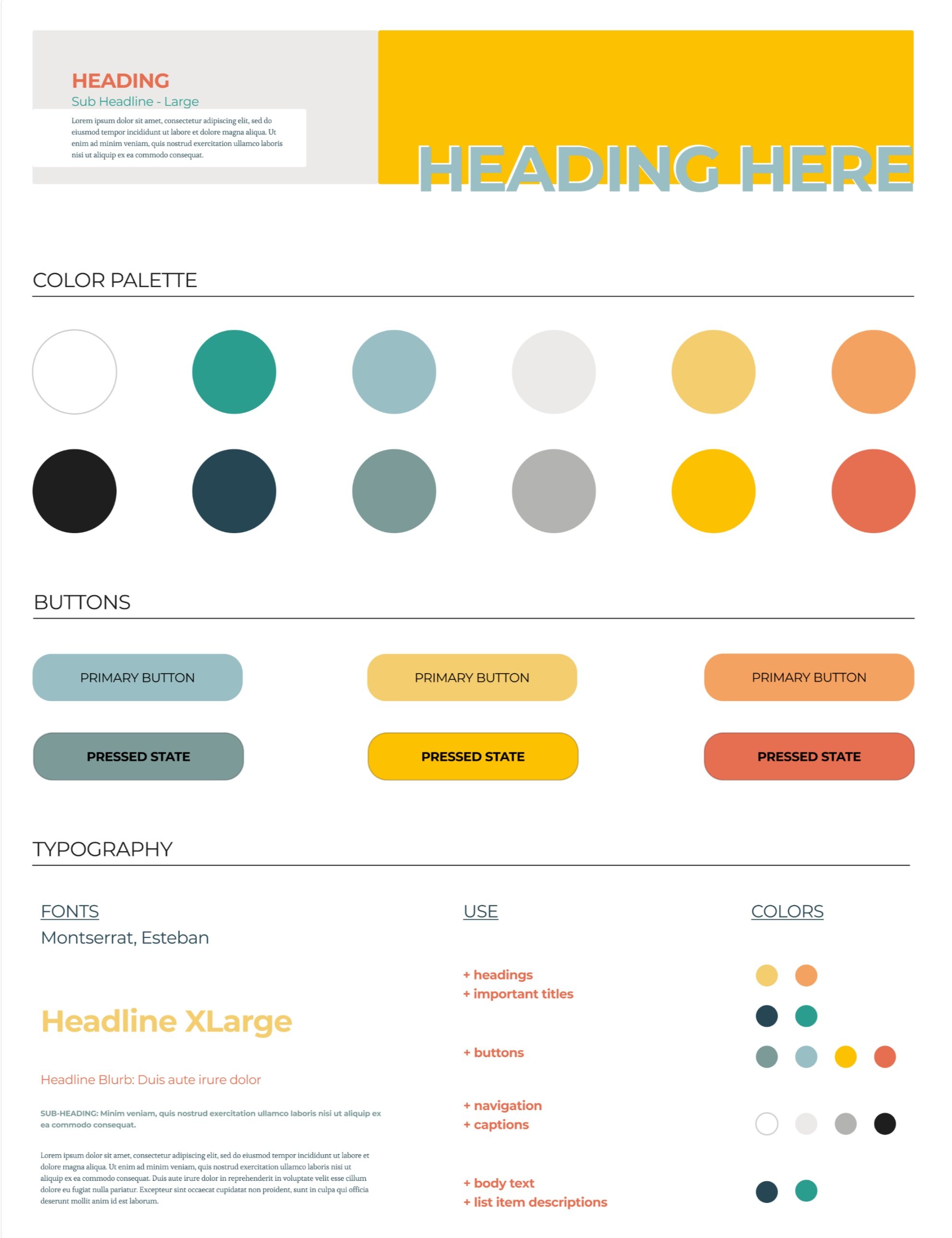ABOUT
PROBLEM
HYPOTHESIS
WHY
SHOREBIRDS
UX/UI DESIGN
Shorebirds was born out of a curiosity for how travelers, especially surfers and coastal explorers, plan and organize their adventures. I wanted to understand the nuances of group travel—how friends coordinate, balance budgets, and find flexibility in their plans.
From surf breaks to seaside escapes, Shorebirds is the seamless guide to coastal travel
Most travel planners only focus on basic itineraries and logistics, but there's so much more to coastal adventures than that! Surfers and coastal travelers want a deeper, more dynamic way to plan their trips—one that helps them balance their passion for catching waves while exploring local culture, and a seamless group experience.
A tool that empowers surfers and coastal travelers to blend their passion for wave-catching with local cultural exploration will create a more enriching and cohesive group travel experience, allowing users to navigate diverse interests and preferences effortlessly.
CASE STUDY
Nielsen research indicates that the average traveler spends 53 days browsing 28 different websites across 76 online sessions to plan and book a trip—representing a significant investment of time and effort, even for avid researchers or surf lovers, let alone those juggling careers and family obligations.
RESEARCH
OPPORTUNITIES & INSIGHTS
JOURNEY MAPPING
THE MVP
I surveyed 30 frequent group travelers, asking them a series of 10 questions, including the ones below. While my target audience was surf and coastal travelers, I kept my research broad to capture any overlooked opportunities. I then leveraged affinity mapping to identify patterns and insights across their behaviors, ensuring that I didn’t limit my findings to just one type of traveler.
> WHAT CHALLENGES HAVE YOU FACED WHEN PLANNING AND EXECUTING TRIPS WITH FRIENDS?
> HOW DO YOU USUALLY COORDINATE TRAVEL PLANS & ITINERARIES FOR GROUPS OF TWO OR MORE?
> WHAT FACTORS TYPICALLY INFLUENCE YOUR CHOICES FOR TRANSPORT, ACCOMMODATIONS, AND ACTIVITIES?
> WHICH WEBSITES DO YOU FIND MOST HELPFUL FOR PLANNING AND BOOKING TRIPS?
After conducting research and interviews on travel habits, I found that 30% percentage of respondents were highly motivated by the desire to travel to various surf spots. This insight revealed a niche opportunity within the broader travel market, where existing solutions often overlook the specific needs of surfers. Recognizing this as a unique business opportunity, I decided to focus on developing a platform tailored to this passionate and growing community in coastal cities.
> TRAVELERS NEED EASY-TO-USE TOOLS THAT HELP MANAGE BUDGETS AND LOGISTICS WHILE KEEPING COMMUNICATIONS CLEAR AND ORGANIZED
> TRAVELING SURFERS WANT IMPROVED WAYS TO COMMUNICATE BETWEEN PLANNERS AND NON-PLANNERS TO REDUCE TENSION WITHIN GROUPS
> WHAT FACTORS TYPICALLY INFLUENCE YOUR CHOICES FOR TRANSPORT, ACCOMMODATIONS, AND ACTIVITIES?
> TRAVELERS ENJOY HAVING A FRAMEWORK OR BASIC PLAN BUT ALSO VALUE TIME AND SPONTANEITY DEPENDING ON SURF CONDITIONS & LOCAL ATTRACTIONS
PERSONAS
Creating personas based on collected research was an essential part of the process. I aimed to understand users and their needs. Highlighting key aspects like user frustrations and needs helped build a clearer picture of their travel planning journey.
With a clearer understanding of the two main personas, I explored Arthur’s journey in planning a trip to better grasp his emotions and motivations throughout the process. I then mapped out a user flow to visualize the steps he would likely take to complete his first task.
After mapping out Arthur’s journey and identifying critical touchpoints, I used a prioritization matrix to evaluate and define the Minimum Viable Product (MVP). This process helped me focus on the most impactful functions, guiding design decisions and leading to the creation of early sketches, where initial concepts began to take form.
SKETCHES & WIREFRAMES
Upon defining the MVP, I identified an expense/budget tracker and a communication platform as two strong options. I created early sketches and moved into developing wireframes and low-fidelity prototypes to further explore and validate these key design concepts. These initial wireframes were crucial for testing core user flows and gathering feedback on the usability of these essential functions.
TESTING & FEEDBACK
MODERATED TESTING
CONDUCTED 10 MODERATED TESTS TO ASSES FUNCTIONALITY
TASK 1: Create a trip and start planning the itinerary
TASK 2: Create a poll and share it via chat
GATHERED INSIGHTS:
Develop budgeting and expense tracker—the real MVP.
Improve clarity of the "Next" button when filling out trip information.
Further develop Home options, "Overview," "Itinerary," and "Budget."
Ensure consistent language throughout the app.
UNMODERATED TESTING
CONDUCTED 16 UNMODERATED TEST TO VALIDATE USER FLOWS:
Task 1: Create a trip | Task 2: Add an expense to your trip
Task 3: Create a poll via chat
GATHERED INSIGHTS:
The "Save" option in budget creation needs to be more prominent.
The chat polling feature was functional but less intuitive than expected.
Reducing clicks would streamline the trip creation process.
Visual cohesion and accessibility improvements were necessary.
NEXT STEPS
Since users identified budgeting as the most impactful feature, prioritizing the development of a robust budgeting and expense tracking tool will be the primary focus moving forward. This will help users better manage their trips and ensure the app meets their core needs.
To further enhance group coordination, I plan to refine the 'Overview,' 'Itinerary,' and 'Budget' sections on the Home Screen. These improvements will provide a clear snapshot of trip details, making it easier for friends to collaborate and stay organized.
As functionalities expand, it will be essential to iterate and streamline the user flow, ensuring the trip creation process remains quick and intuitive, allowing users to effortlessly plan and customize their surf trips.













